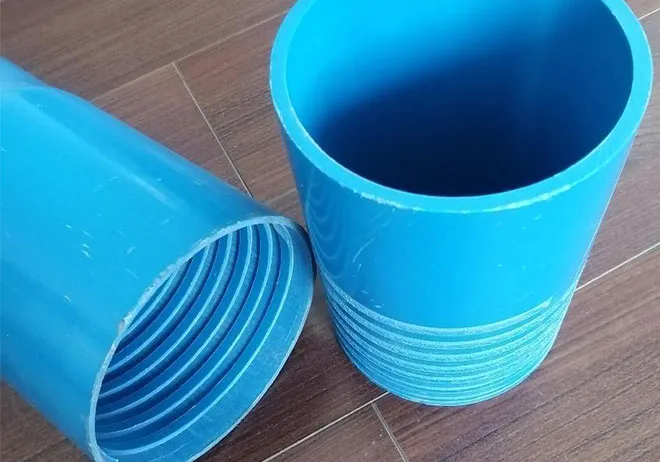Oct . 13, 2024 23:25 Back to list
china ppr pipe vs pvc pipe
China PPR Pipe vs PVC Pipe A Comparative Analysis
In the realm of plumbing and piping systems, the choice between different materials can significantly impact durability, performance, and cost-effectiveness. Two of the most common materials used for piping are PPR (Polypropylene Random Copolymer) and PVC (Polyvinyl Chloride), both of which have gained immense popularity in China and around the world. This article aims to compare these two materials, highlighting their advantages and disadvantages to help stakeholders make informed decisions.
Composition and Properties
PPR is a thermoplastic polymer known for its excellent chemical resistance and high-temperature tolerance. It can withstand temperatures up to 95°C, making it suitable for hot water applications. PVC, on the other hand, is a rigid plastic that is commonly used for cold water distribution. While PVC pipes can handle a broader range of pressures, they usually operate effectively in temperatures up to 60°C.
One key difference between PPR and PVC is their flexibility. PPR pipes are more flexible and easier to install in tight spaces, while PVC pipes tend to be rigid and could require additional fittings for routing around obstructions.
Installation and Maintenance
When it comes to installation, PPR pipes are generally considered easier to work with. They can be welded together using heat fusion, which creates a strong joint that minimizes the risk of leaks. Conversely, PVC pipes are joined with solvent cement, which can be less forgiving if not applied correctly. Maintenance-wise, both materials are resistant to corrosion, but PPR has a life expectancy of around 50 years under proper conditions, compared to 30-40 years for PVC.
china ppr pipe vs pvc pipe

Environmental Impact
Environmental sustainability is an important factor in material selection. PPR is more eco-friendly compared to PVC because it is recyclable and doesn’t release harmful chemicals during its lifecycle. PVC, while widely used, can release harmful substances during production and disposal. This has led some municipalities to phase out PVC in favor of more sustainable materials.
Cost Considerations
In terms of cost, PVC pipes tend to be cheaper than PPR. The initial investment for PPR piping may be higher, but its longevity and lower maintenance needs often make it a more cost-effective solution in the long run. Users should weigh the upfront expenses against long-term benefits based on their specific project requirements.
Conclusion
Both PPR and PVC pipes offer specific advantages depending on the application. PPR pipes are ideal for hot water systems, durability, and reliable performance, making them suitable for residential, commercial, and industrial uses. Conversely, PVC pipes serve well in cold water applications and are favored for their lower initial costs.
Ultimately, the decision between PPR and PVC pipes in China must consider factors such as application type, budget, environmental impact, and installation ease. By carefully evaluating these aspects, stakeholders can make informed choices that align with their needs and sustainability goals.
-
High-Quality PVC Borehole Pipes Durable & Versatile Pipe Solutions
NewsJul.08,2025
-
High-Quality PVC Perforated Pipes for Efficient Drainage Leading Manufacturers & Factories
NewsJul.08,2025
-
High-Quality PVC Borehole Pipes Durable Pipe Solutions by Leading Manufacturer
NewsJul.08,2025
-
High-Quality PVC Borehole Pipes Reliable PVC Pipe Manufacturer Solutions
NewsJul.07,2025
-
High-Quality UPVC Drain Pipes Durable HDPE & Drain Pipe Solutions
NewsJul.07,2025
-
High-Quality Conduit Pipes & HDPE Conduit Fittings Manufacturer Reliable Factory Supply
NewsJul.06,2025

